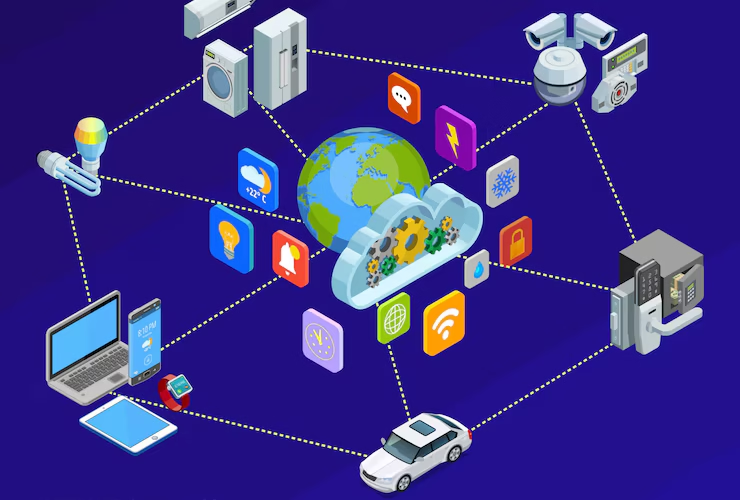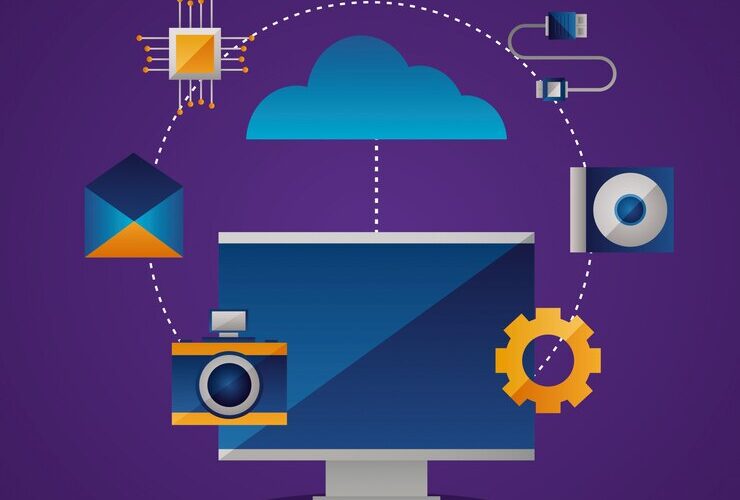The Role of Edge Computing in IoT
Edge computing is rapidly gaining attention as a critical enabler of the Internet of Things (IoT). It involves processing data closer to where it is generated—on the “edge” of the network—rather than relying solely on centralized cloud systems. This approach addresses some of the challenges posed by IoT, such as latency, bandwidth limitations, and data privacy concerns.
1. Reduced Latency
One of the most significant advantages of edge computing is its ability to reduce latency. In traditional cloud computing, data must travel from IoT devices to a central cloud server for processing, which can take time and result in delays. This is particularly problematic for applications that require real-time processing, such as autonomous vehicles or industrial automation.
By processing data locally on edge devices, edge computing minimizes the time it takes to make decisions, ensuring near-instantaneous response times. For example, an autonomous vehicle can process sensor data locally to make split-second decisions, such as avoiding an obstacle, without waiting for data to be sent to the cloud.
2. Bandwidth Efficiency
IoT devices generate massive amounts of data, much of which may not need to be transmitted to the cloud for analysis. Sending all this data to the cloud can overload network bandwidth, resulting in inefficiencies and higher costs. Edge computing solves this by processing and filtering data locally, only sending the most critical or aggregated information to the cloud.
This reduces the strain on network resources, ensuring more efficient use of bandwidth and lowering operational costs for IoT deployments. In industries with large-scale IoT systems, such as manufacturing or agriculture, edge computing enables efficient data processing without overwhelming the network.
3. Improved Data Privacy and Security
One of the biggest concerns with IoT is data privacy. With sensitive data being generated by connected devices, especially in healthcare, finance, and home security, the need to secure this data is paramount. Edge computing helps mitigate these concerns by keeping more data on local devices rather than transmitting it to the cloud.
By processing data on-site, businesses can have more control over sensitive information, reducing the risk of data breaches or unauthorized access. Moreover, local data storage reduces the chances of data being intercepted during transmission.
4. Scalability and Flexibility
Edge computing provides a scalable solution for IoT deployments, especially as the number of connected devices continues to rise. Instead of relying on a single, centralized cloud infrastructure to handle all data processing, edge computing distributes the workload across multiple edge nodes, making it easier to scale systems as needed.
For example, in a smart city, edge computing can help process traffic data from sensors on streetlights and cameras, without overwhelming a central cloud server. This decentralized approach enables greater flexibility in how IoT systems are designed and deployed.
5. Enhanced Reliability
Edge computing can also enhance the reliability of IoT systems by enabling devices to operate autonomously even when they are temporarily disconnected from the internet. Since data processing occurs locally, edge devices can continue to function in the absence of a stable cloud connection, making IoT systems more resilient in remote or harsh environments.
In industries like energy or agriculture, where IoT devices may operate in remote locations with limited connectivity, edge computing ensures continuous operation without interruptions.
Edge computing is emerging as a key component of IoT, offering numerous benefits, including reduced latency, bandwidth efficiency, enhanced privacy, and improved system reliability. As the demand for real-time data processing grows, edge computing will continue to play a pivotal role in enabling the next generation of IoT applications.




